Of all the numerous conditioners on shelves, many people still reach for a leave-in conditioner. While a typical rinse-off conditioner protects, detangles, and repairs your hair, it is barely sufficient to keep long, curly, thick or color-treated hair in good condition. This is why a leave-in conditioner is a must-have; not only that, the best leave-in conditioner is necessary for this effect.
Yet, the American Academy of Dermatology states that not every hair needs a leave-in conditioner. For those that may need it, you have to know how to use it to enjoy it maximally. You are likely to find the conditioner beneficial if you have curly, fine, dry, color-treated and regularly heat-styled hair.
How Does Leave-In Conditioner Work?
Just as the name implies, leave-in conditioners are referred to as leave-in simply because they are meant to be left in with no need for rinsing off after use. You may find the leave-in conditioners in several forms—sprays, cream or lotion—all of which are good. However, some sprays may be lightweight than creams, so be deliberate about that choice right off the bat. Go for GK Hair Leave-In Conditioner Hair Spray to tame frizz with just a few sprays.
Leave-In Conditioners for Fine Hair
On fine hair, the leave-in conditioner is adequate in mild application. Fine hair are typically likely to be weighed down easily, so you’ve got to be selective of the process. The mid-strands to tips should be your focus areas when working with a dime-sized leave-in conditioner.
Leave-In Conditioners for Thick Hair
Thick hair are highly prone to loss of moisture and heavy tangles. If either of them is your hair experience, you may benefit more from a leave-in conditioner. Before styling, apply as much as you think your hair needs to be tangles-free and enable for easy styling.
Leave-In Conditioners for Curly and Wavy Hair
Curly hair are definitely not left out of leave-in conditioners as they could also enjoy more bounce and definition from a leave-in conditioner. Those with type 2 hair should opt for those labeled as “leave-in conditioners for wavy hair” while those with type 3 curly hair may benefit from extra moisture from a leave-in conditioner that is specifically designed for their hair type.
How to Use the Leave-In Conditioner
The leave-in conditioner is meant to be applied—and works best—on washed hair. Although some users say leave-in conditioners protect their hair from heat and UV rays. This is true if they contain silicones. Use heat protectant alongside for full protection during intense styling. What you benefit from a leave-in conditioner depends on your hair type as well as the product ingredients. However, it is generally made to stay on hair for longer. This is why you should go for the best leave-in conditioner for your hair type. If you've only been using a quality regular conditioner like the Moisturizing Conditioner, you may not be missing out on getting all the benefits that the leave-in conditioner would offer, only that you would have to rinse out. Leave-in conditioners are lightweight and do not require immediate rinsing which allows them to do more work of adding moisture to hair.
When to Use the Leave-In Conditioner
The best time to apply the leave-in conditioner is immediately after leaving the shower, after using a shampoo.
-
Towel-dry hair until damp
-
Apply dime-sized conditioner to hair. The moisturizing conditioner is a recommendation for full hair hydration.
-
Reach for a GK Hair Leave-In Conditioner Cream afterwards. Both the GK Hair moisturizing and leave-in conditioners work simultaneously without leaving any side effects.
How Often Should you Use a Leave-In Conditioner
Like you know, good hair can keep you confident for every event. You do not want to rush into an event with dull and gloomy hair. When using the leave-in conditioner, mildly apply on the strands and not the scalp. This way, your hair might be lucky to stay for as long as a week. You should not leave-in regular conditioner on hair. They just cannot stay long on hair because they aren't formulated for that purpose. Truth be told, there are several leave-in conditioner products for every hair type and finding “the one” can be really difficult. Quit the search once and for all, by first identifying your hair type and then going for our versatile leave-in conditioner.
Benefits of Leave-In Conditioners
Think of the sparkle jewelry gives a dress. Leave-in conditioners are great transformers of hair style. It is one of the must-haves in a hair routine for many reasons.
Increases Moisture
This is by far the major importance of a leave-in conditioner. For example, the GK Hair's Leave-In Conditioner Cream formulated with natural seed oils and plant protein are essentially to provide and lock in moisture. Type 2 and 3 hair may benefit from extra moisture from leave-in conditioner (what regular conditioners may not offer) as natural oils may not reach the entire length of hair in time.
Read on the Common Curly Hair Mistakes You Should Avoid.
Detangles
If you've ever experienced the struggle that comes with tangled hair, you'd have the leave-in conditioner to thank after a few tries. The leave-in conditioner smoothens hair fibers, so brushing and styling is done with less friction. You'd find managing your hair less of an arduous task when you pair it with the GK Hair Feather Light Blow Dryer.
Makes Styling Easier
Every hair type will benefit from the leave-in conditioner in terms of styling effects. The smoothing effects of leave-in conditioners help tame frizz, making hair more pliable by styling tools. So, if you are just curating your daily hair routine, you definitely should slide the leave-in conditioner in.
Bottom-line
To maximize the benefits of leave-in conditioners, allow it to sit in your hair for a while. For more hair-care concerns, a hair care consultation would do no wrong.


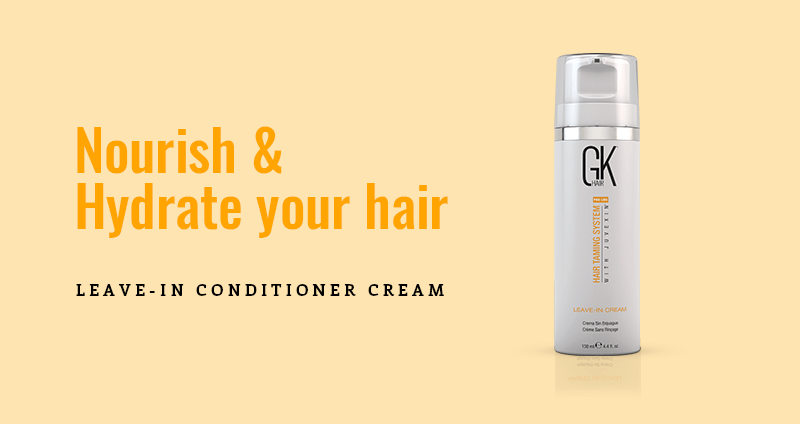





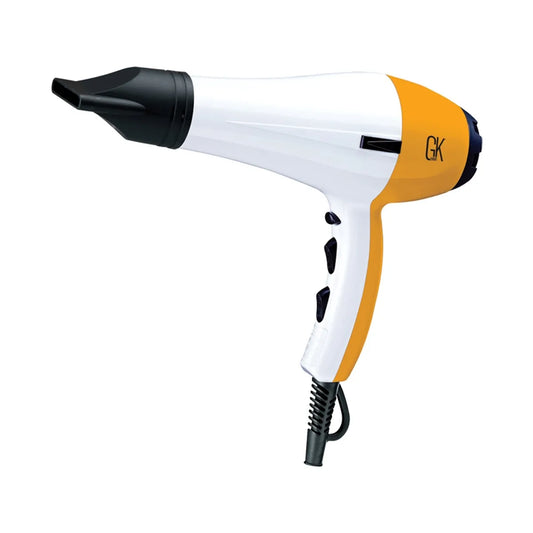



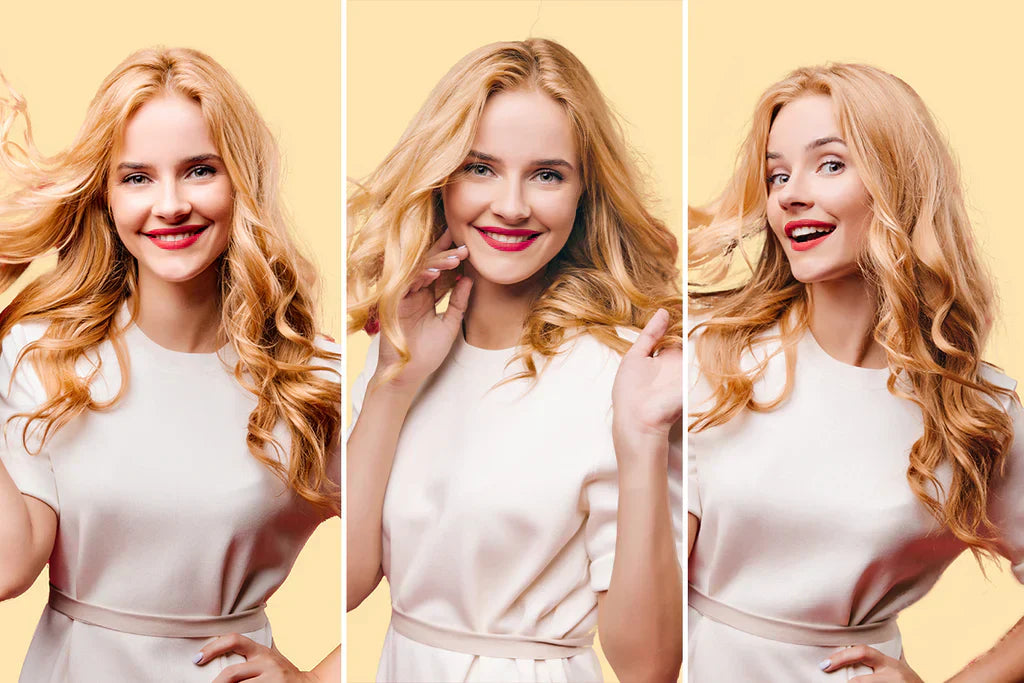
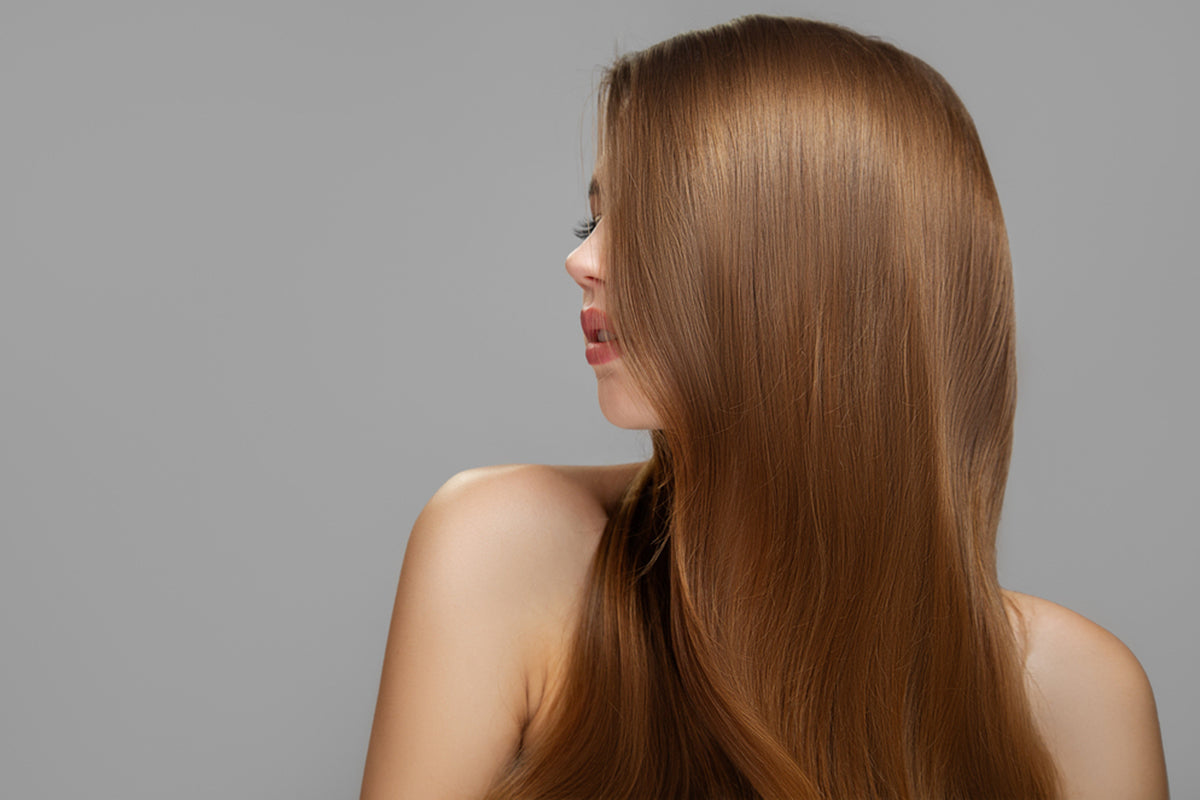
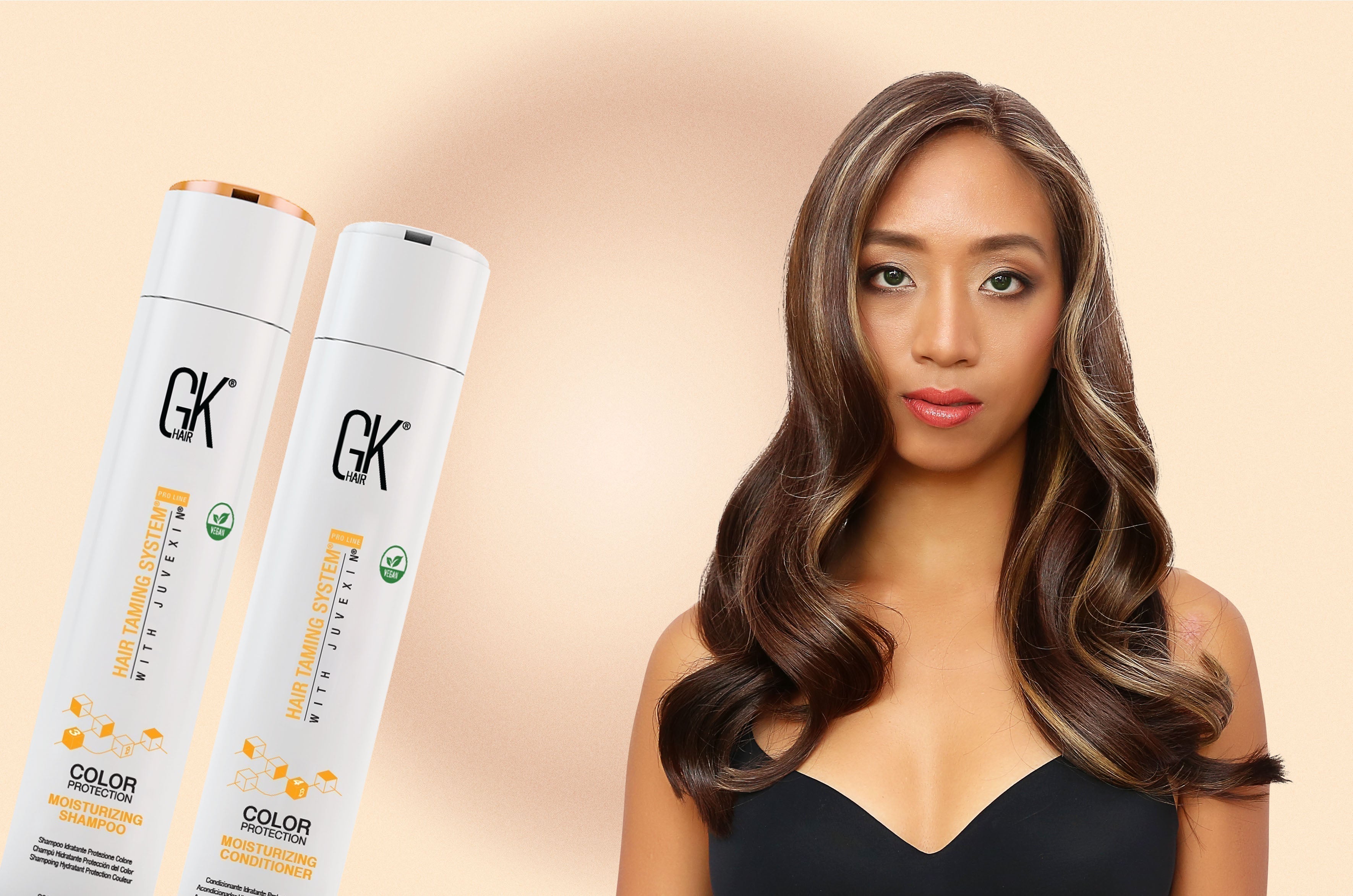
Leave a comment